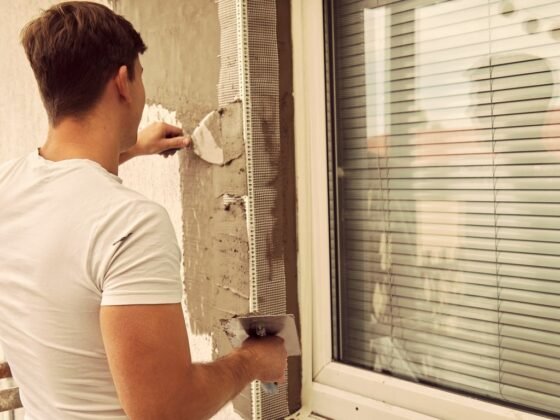Table of Contents Show
Windows are key features on any residential or commercial property. These glass components enable those living inside or frequenting said locations to receive sunlight, see outside or receive a fresh, external air supply.
That said, few people realize how vital properly constructed apertures are to a home or building nor truly understand the intricate process needed to create these items.
Those interested in learning are urged to read on for a brief discussion on said topics.

Importance of Optimally-Constructed Windows
Well-made structures do far more that adorn a construction’s façade. Said products could yield significant important benefits to a home or property owner such as:
Read Also:
Improved Health
Well-built apertures can exercise a significantly positive influence over one’s health. Such products reduce the amount of environmental debris like dirt, dust and various other allergenic particles from penetrating indoors.
Over time, such events might reduce individual risk of developing issues like allergies and upper respiratory problems.
Noise Reduction
Optimally-constructed glass structures can abate external noise. The sound reduction could yield diminished stress and heightened individual cognitive functions such as memory and concentration.
Energy Efficiency
A professionally-built window will likely save a commercial or residential property owner money. Said structures prevent increased quantities of external air from entering the internal premises.
This benefit lessens the pressure placed on air conditioning and heating systems during times when temperature extremes reign. Limiting reliance on power-guzzling apparatuses could result in reduced energy bills.
A Heightened Sense of Safety and Security
Quality glass is stronger and less penetrable. Said attributes provide added protection not only against harsh environmental elements but prospective malfeasants intent on committing criminal actions.
Increased Home Value
Well-constructed apertures enhance what is known as curb appeal. Real estate experts define this concept as the favorability of those viewing a construction from afar place on said location. Industry professionals maintain that heightened curb appeal often equates to increased property value.
The Window Making Process
A window is constructed through an intense process necessitating precision and skill. Moreover, the activity occurs over several crucial steps, including:
Glassmaking
One cannot have a window without glass. Therefore, glassmaking is the first and, arguably, the most paramount procedural stage. Glass comprises many products such as sand, limestone, soda ash, dolomite and salt cake.
During the first phase of the glassmaking process, these materials are joined together and placed inside a furnace. Said materials are then heated to temperature rising to as high as 1500 degrees Celsius for specific durations.
The glass creation is then cooled slightly and fed into a structure containing molten tin. As glass and tin mix, the glass eventually forms into a sheet-like shape.
After the glass undergoes a significant cooling period, the product is placed onto rolling devices. These apparatuses morph glass into structures encompassing various widths, shapes and volumes.
The established glass sheets are then either slowly reheated or subjected to a process known as tempering, in which the material is quickly heated again and chilled with a sudden burst of cold air. Both processes are performed to preserve the glass’s structural integrity.
During the final phase, the newly created glass might be tinted, coated or glazed.

Transformation into a Window
Once the glass has been created and perfected, it is shipped to window-constructing establishments. Said entities then transform the material into the features built into homes and buildings by executing the following endeavours:
Establishing Dimensions
A window ultimately designed to fit the contours of a residential or commercial property often must meet specific dimensions.
Once these measurement guidelines have been established, window-producing entities can transform the glass to meet such specific size and shape mandates. Glass is typically cut employing specialized machines.
Cleansing
After the glass meets a customer’s desired dimensions, the product is thoroughly cleaned. This process is usually completed using a high-pressure cleansing agent.
Pane Sealing
Several panes of glass are sealed together. This activity fortifies the structure in question.
Framing
External framing is cut and affixed to the glass’s exterior.










